These women behind the Rolling Stones were cooler than the band
Anita Pallenberg didn’t look like the average Rolling Stones groupie.
Lanky and blonde, in a short fur jacket, miniskirt, and Roman gladiator sandals, she exuded a kind of raw sexuality that made the other girls in their orbit look like shrinking violets.
The German-Italian actress had modeled in Italy, hung out with Andy Warhol’s crew in New York City and bedded loads of men and women.
She spoke about five languages and sported her under-eye circles like badges of honor.
Yet here she was, hovering at the door of the Stones’ dressing room.
“Vant to smoke a joint?” she dared them.
Before that night in September 1965, the Stones had never done drugs.
Mick Jagger and Keith Richards had barely slept with anyone.
They didn’t even drink.
At that point, only Brian Jones partied like a rocker, swigging brandy and fathering a string of illegitimate children.
Yet even he still wore pants bought by his mom.
The Stones, at that point, “were not much more than unbrushed Beatles dressed in play-clothes,” writes Elizabeth Winder in her new book, “Parachute Women” (Hachette Books), about the women behind the world’s most storied, most mythic rock band.
“Yet in the span of a few short years, they’d be the unassailable pirates that we know today — the world’s first rock stars.”
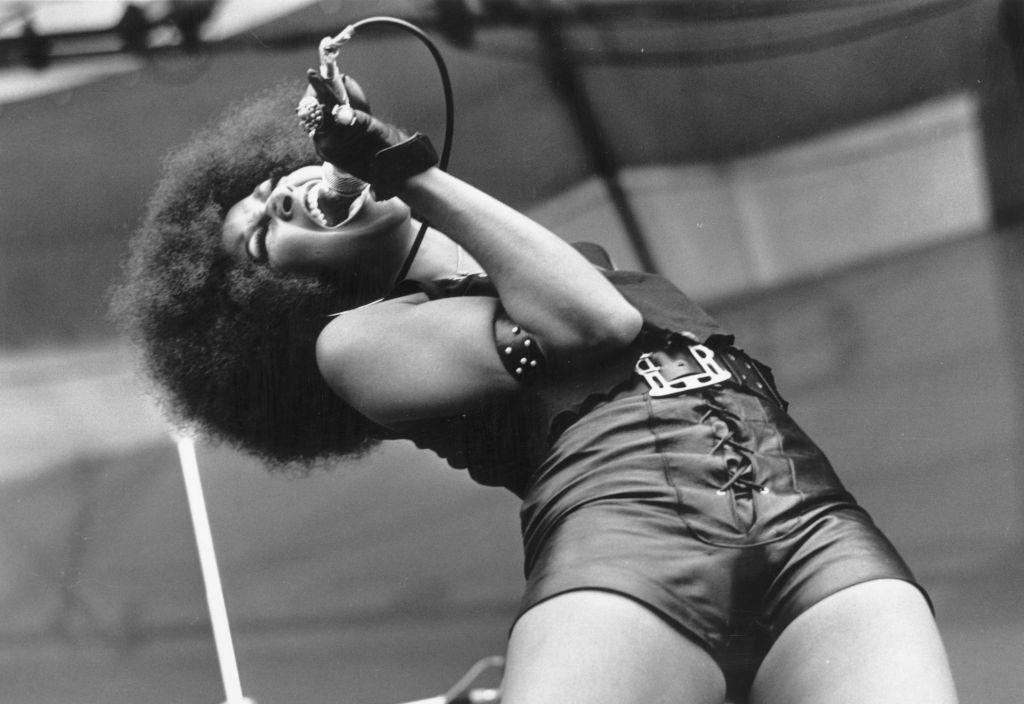
Winder credits four women with catapulting The Stones into gods, of giving them “all their strut and glamour.”
These ladies — artists and individuals in their own right — were “the real rebels, progressives and contrarians,” Winder argues.
“The Rolling Stones may have risen to fame as rock’s favorite outlaws but only under the tutelage of these remarkable women,” Winder writes.
Anita Pallenberg
Only Brian Jones accepted Pallenberg’s invitation to toke up that fateful evening in 1965. They spent the night in Brian’s hotel room smoking and talking. The next day, she accompanied The Stones on their next tour stop in Berlin.
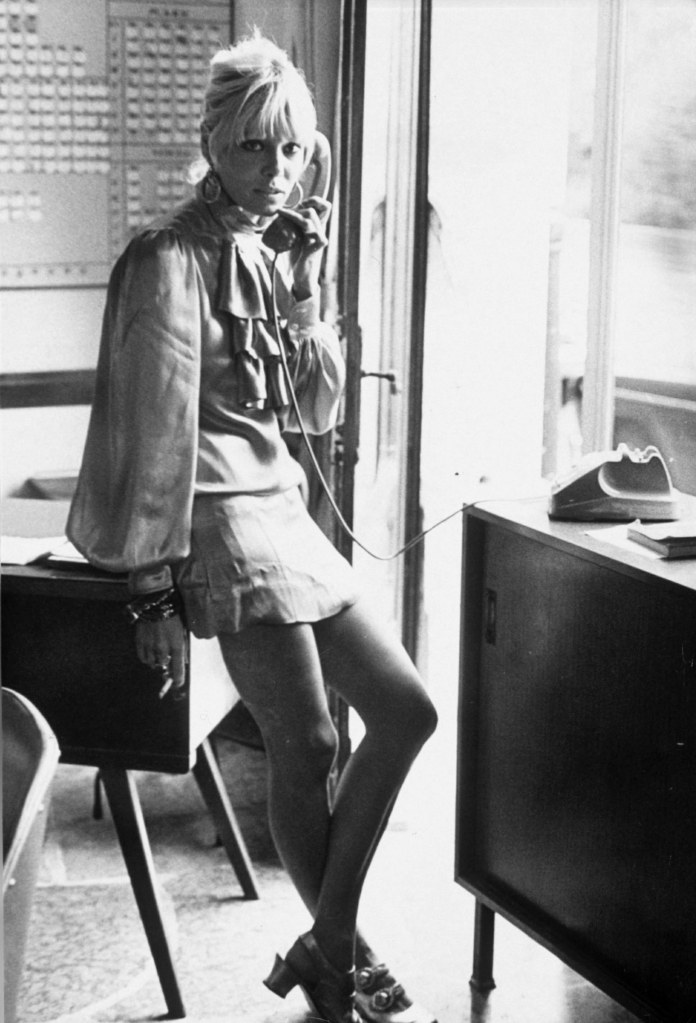
Soon, Brian and Anita were the 1960s’ hottest, most dangerous couple. She introduced him to S&M, LSD and the occult — they tore through London in his black Rolls-Royce with the license plate DD666 (for “Devil’s Disciple”). She dressed him in her clothes, too.
Actually, all the Stones pilfered from her wardrobe: Brian, her velveteen trousers and silk scarves; Keith, her skull rings and Victorian mourning pins; Mick, her floppy fedoras and feather boas. She didn’t treat them like demigods, either.
“Crap,” she pronounced when Jagger played her a demo of the louche “Stray Cat Blues,” adding, “The vocals are mixed too high and the bass isn’t loud enough.” Jagger ran to the studio and had it remixed right away.
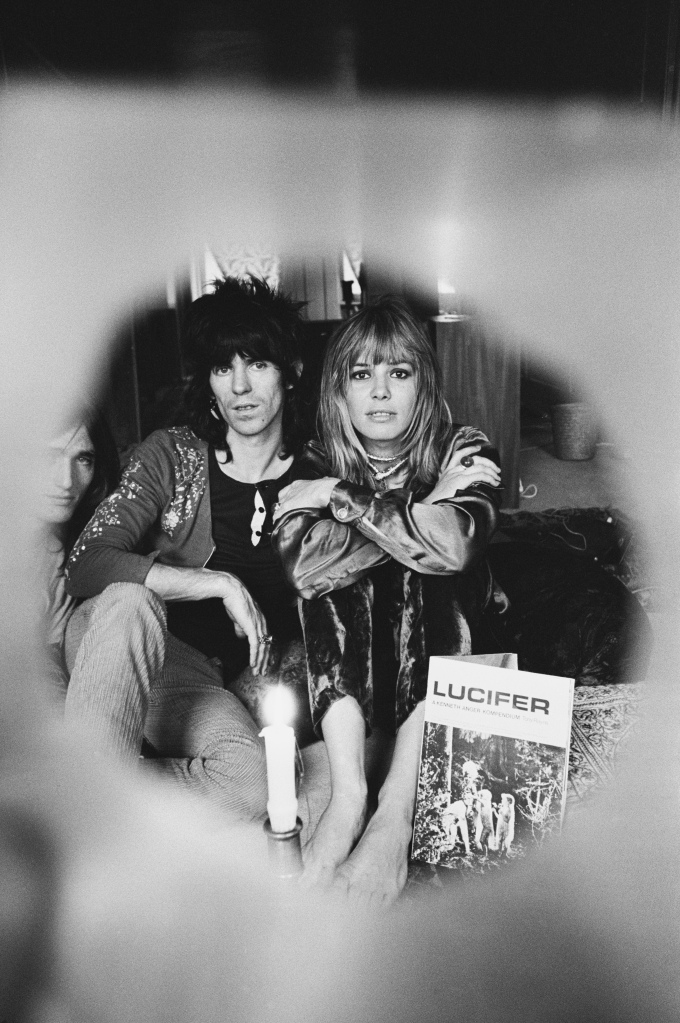
“Unlike starstruck groupies who felt honored to be chosen by the Stones as consorts, Anita was nonchalant, like she was doing them a favor, like she deserved their worship and adulation,” Winder writes. “It was Anita who was the star, it was Anita everyone came to see in Brian’s flat on Courtfield Road — not Brian, not Keith, and not even Mick.”
And that made Brian, and Mick, jealous. Brian began beating her. Mick began resenting her. There’s a reason why she ended up with the more pliant, more easygoing Richards.
Still, even he proved to be too weak for her.
Marianne Faithfull
Marianne Faithfull thought The Rolling Stones were just “awful” — “spotty schoolboys.”
She was 17 years old, a classically trained singer and actress who had just escaped from convent school, when The Stones’ manager had noticed her angelic looks at a party. He asked Jagger and Richards to write something for her, but the duo barely looked at her during their recording session.
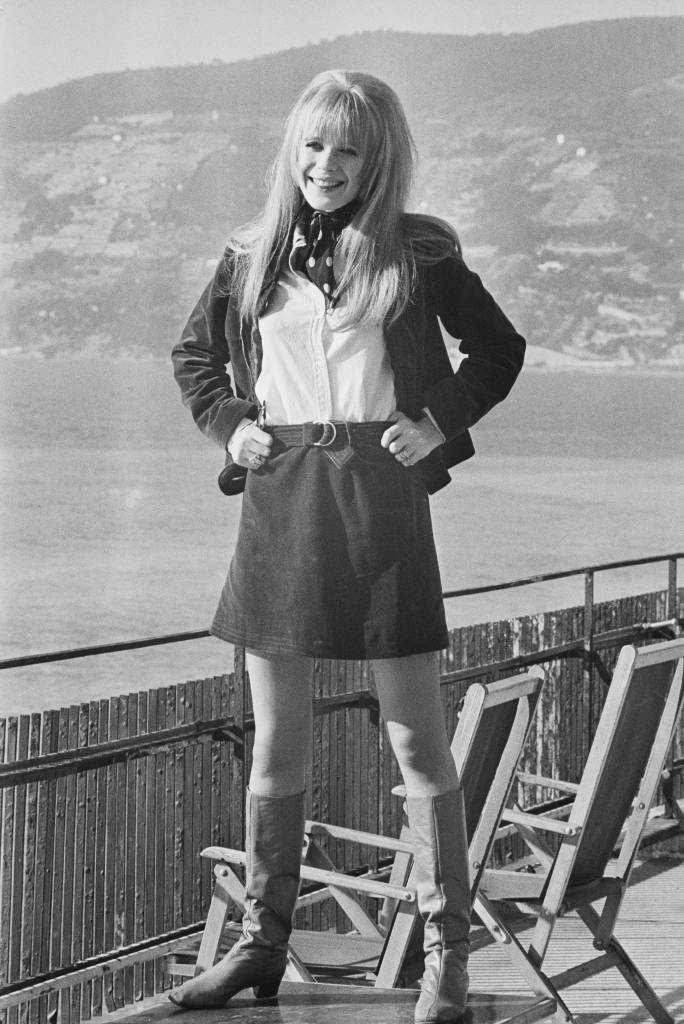
“It was like I didn’t exist,” she wrote later.
That song, “As Tears Go By,” ended up a huge hit, and launched Faithfull’s singing career. She reconnected with the songwriters a couple years later, while escaping a disappointing marriage with her infant boy.
Faithfull began spending time at Brian’s and Anita’s place, where Keith also hung about.
The trio would rag on Mick, who was way too straightlaced to drop acid and mostly came by to sort of monitor his more reckless bandmates.
But after a gig in Bristol, Marianne spent an evening strolling through the grass with The Stones frontman, discussing King Arthur.
When they got back to his hotel room, he knelt by her feet, unlaced her dew-damp boots and put them by the heater to dry.

“I was completely moved by his kindness,” Faithfull said. “And then we made love.”
Mick kicked his long-suffering mod girlfriend, model Chrissie Shrimpton, out of his house and installed Marianne.
Faithfull was far more worldly than Mick. She encouraged him to drop acid, introduced him to Russian literature and took him to the ballet for the first time.
“One of the things Mick liked about me was the way we discussed his ideas for songs,” she later said.
“I was more educated than he was. I was very good with words.”
Marianne’s copy of Bulgakov “The Master and Margarita” — which she told Mick to read — inspired “Sympathy for the Devil.” The Stones’ lascivious lips-and-tongue logo came from the shocking ballet “Paradise Lost,” which Marianne took him to see. After Marianne starred in Chekhov’s play “Three Sisters” at the Old Vic, Jagger announced he wanted to act as well. Marianne coached him extensively for his first movie role, in the sordid 1968 flick “Performance,” opposite Pallenberg.
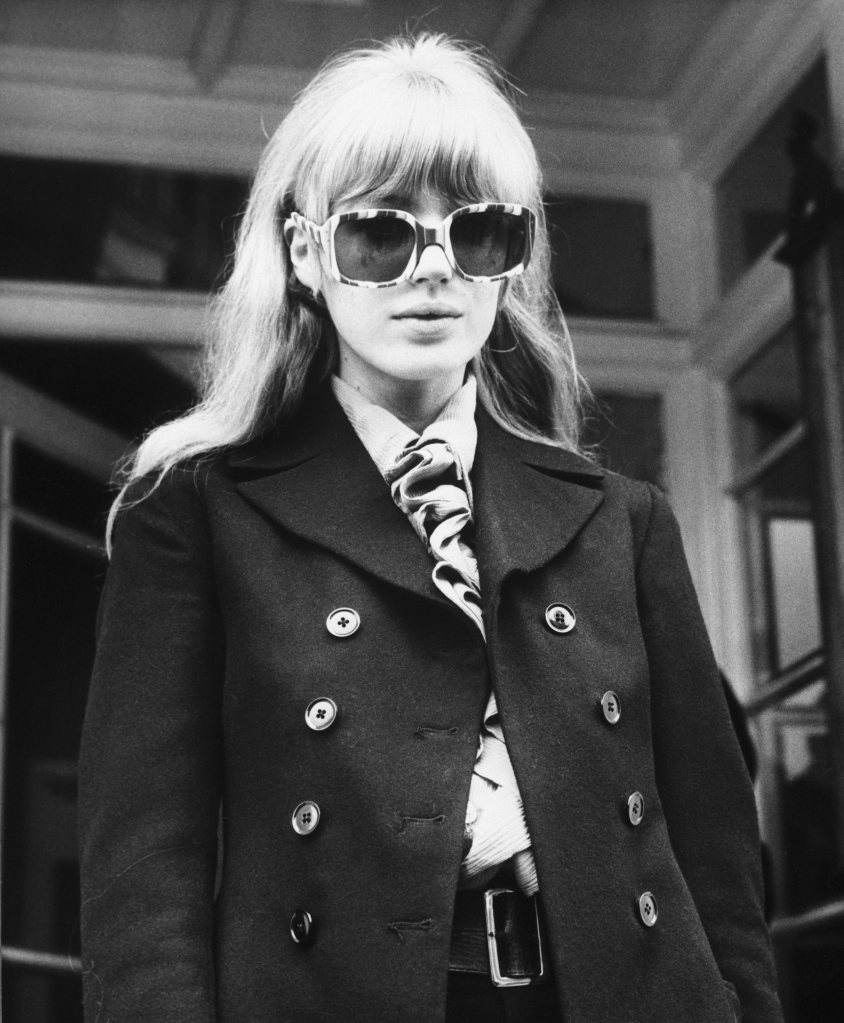
Marianne liked helping him.
Everything Jagger did seemed more important than her own stalling career, singing pop ditties that she hated, acting in movies that exploited her fame and body.
Collaborating with her boyfriend “made me feel that I was doing something very creative,” she later said. “I think women can slip into that. Living through a man.”
She wasn’t as thrilled when The Stones recorded “Sister Morphine” for their 1971 album “Sticky Fingers.”
Faithfull had written the lyrics based on a riff she heard Jagger fiddling with years before.
She even recorded it herself in 1969, but her record company quickly pulled it from the shelves due to its salacious drug content.
So Jagger took it for his band. They didn’t even credit her as a songwriter.
Marsha Hunt
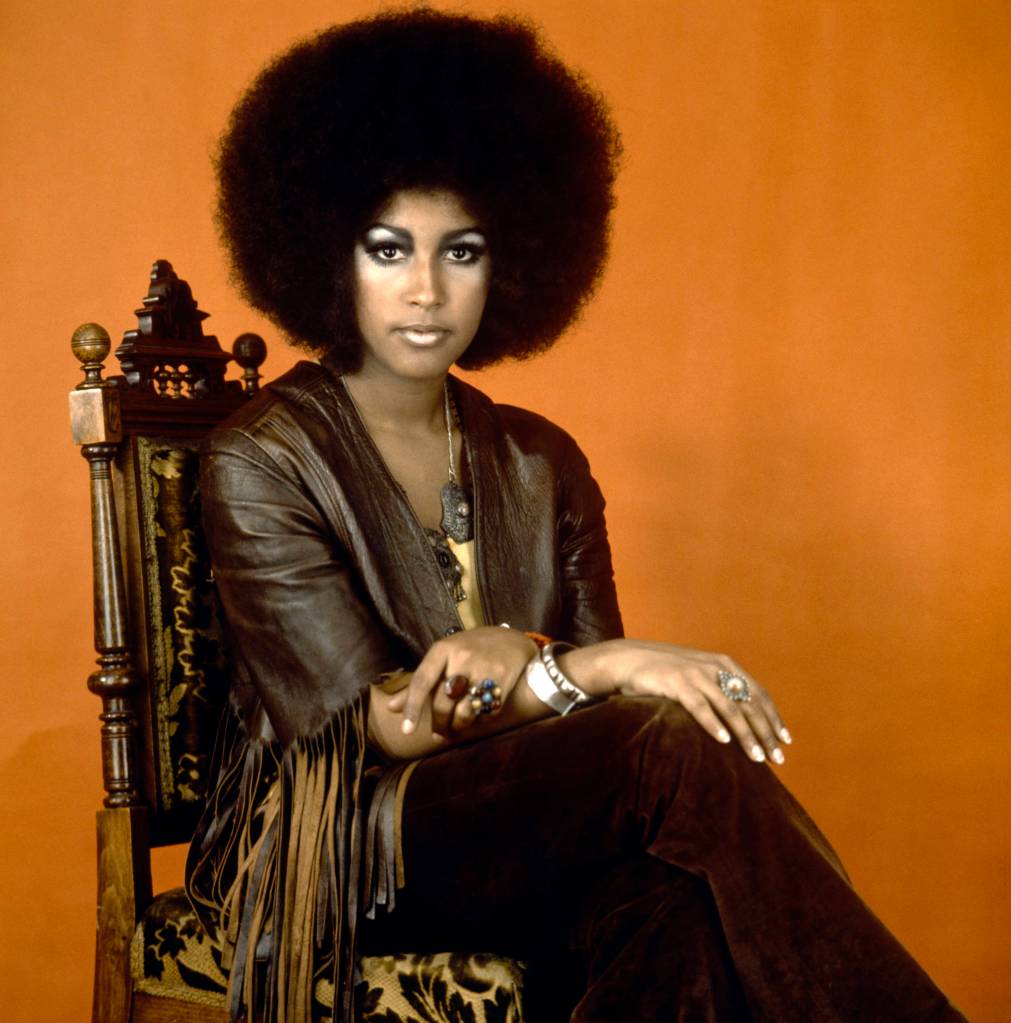
While Mick was in a relationship with Marianne, he began pursuing Marsha Hunt. Born in West Philadelphia, Marsha never saw Jagger as anything more than a friend with benefits.
She had dropped out of Berkeley to go to London to pursue a music career.
By the time she had met Mick, she had opened for The Kinks and Jimi Hendrix, slept with glam rocker and T. Rex frontman Marc Bolan, and starred in the 1968 West End production of “Hair,” shedding her clothes and proudly displaying her natural Afro.
She found Mick charming and easy to talk to, and could tell he was lonely.
She also introduced him to a new guitarist after Brian Jones was kicked out of the band.
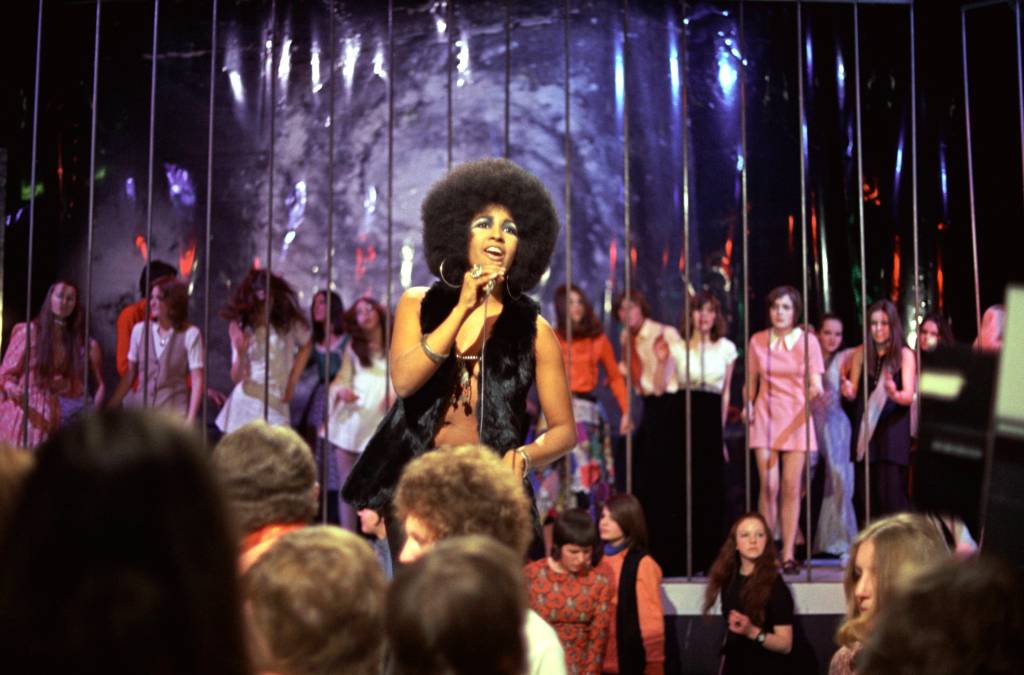
Still, she was stunned when Jagger asked if she wanted to have a kid together, mere days after he had reconciled (yet again) with Marianne, Christmas of 1969. Marsha agreed, not out of love for Mick, but in the spirit of the sexual revolution.
Plus, as Winder points out, “she was raised by three women, living with a man seemed hardly necessary.”
At first, Mick was giddy when Marsha told him she was pregnant. But she soon had her reservations: They had their first fight when Mick said he wanted to send their baby to the stuffy upper-class Eton for school.
Then Jagger left for The Stones’ European tour.
He continued to call her but less frequently.
Then in September he told her he met Bianca Pérez-Mora Macías, the future Bianca Jagger.
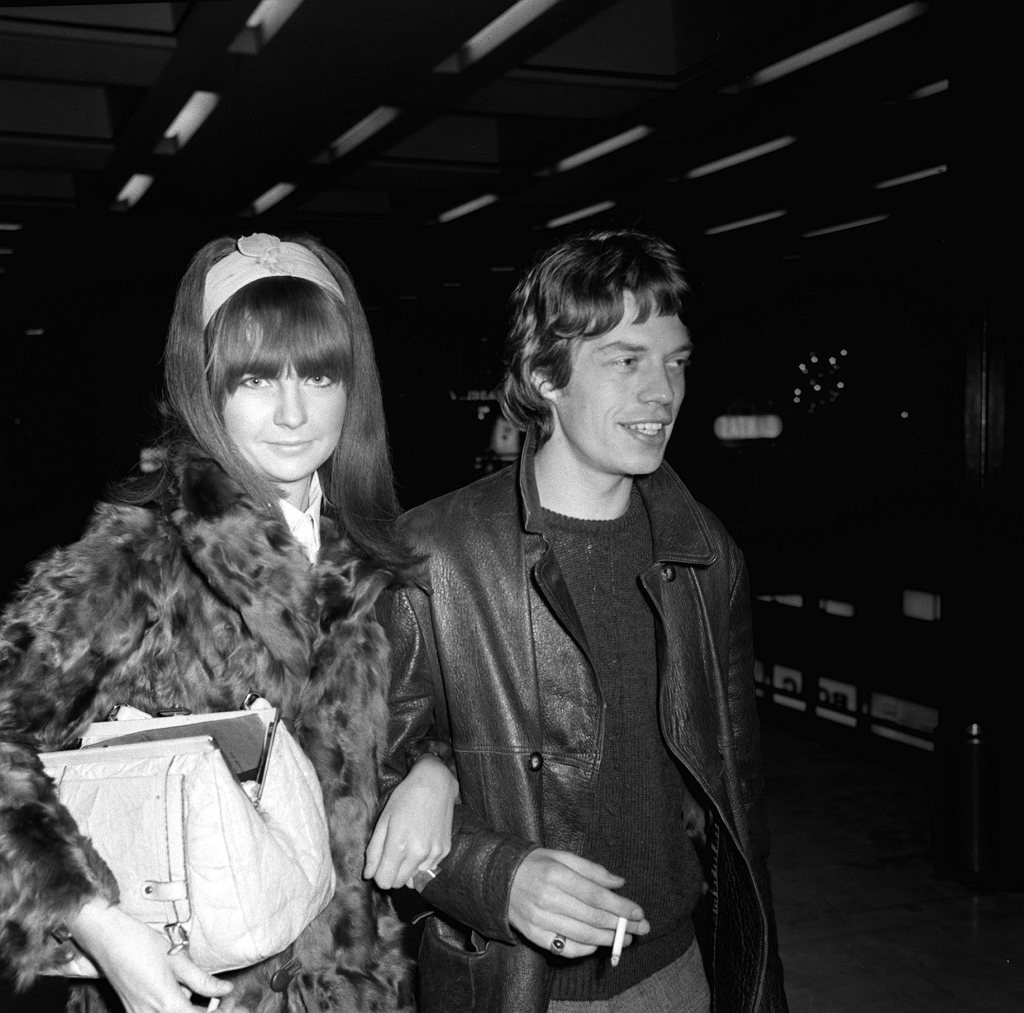
Marsha had Karis Jagger Nov. 4, 1970. Marsha went through labor alone.
Mick was back in London, but had no interest in being there. He sent Marsha 200 pounds, a ring (on loan!) to wear in the hospital, and a note saying “I know I haven’t done right by you.”
Marsha struggled to maintain her performing career while raising a baby on her own. In 1972, she joined a Scottish band called 22 and went on tour in Germany.
She asked Mick for a paltry 200 pounds to help pay for a nanny for Karis to go on the road with her.
He never responded. Days later, he went to the States for the latest Stones tour, expected to gross $4 million.
Eventually, Marsha — living on welfare as Mick spent summers in Montauk at Warhol’s cottage eating oysters with Lee Radziwill and Dick Cavett — filed a paternity suit.
Before then, she never divulged the name of the father to the press, but she had no choice: She needed money. It destroyed her career.
Mick didn’t enter their child’s life until she was 12 years old. By then it was too late, but Marsha couldn’t help but feel relieved.

“I knew she would have been a different person had he been around all the time,” she said later. “And, in a way, with hindsight, I can say, ‘Wasn’t it lucky that he wasn’t there?’”
Bianca Jagger
Though Bianca married Jagger, she seemed to be the only one who saw through him.
She grew up in “the twilight of Nicaragua’s crumbling oligarchy” and had wanted to be a nun.
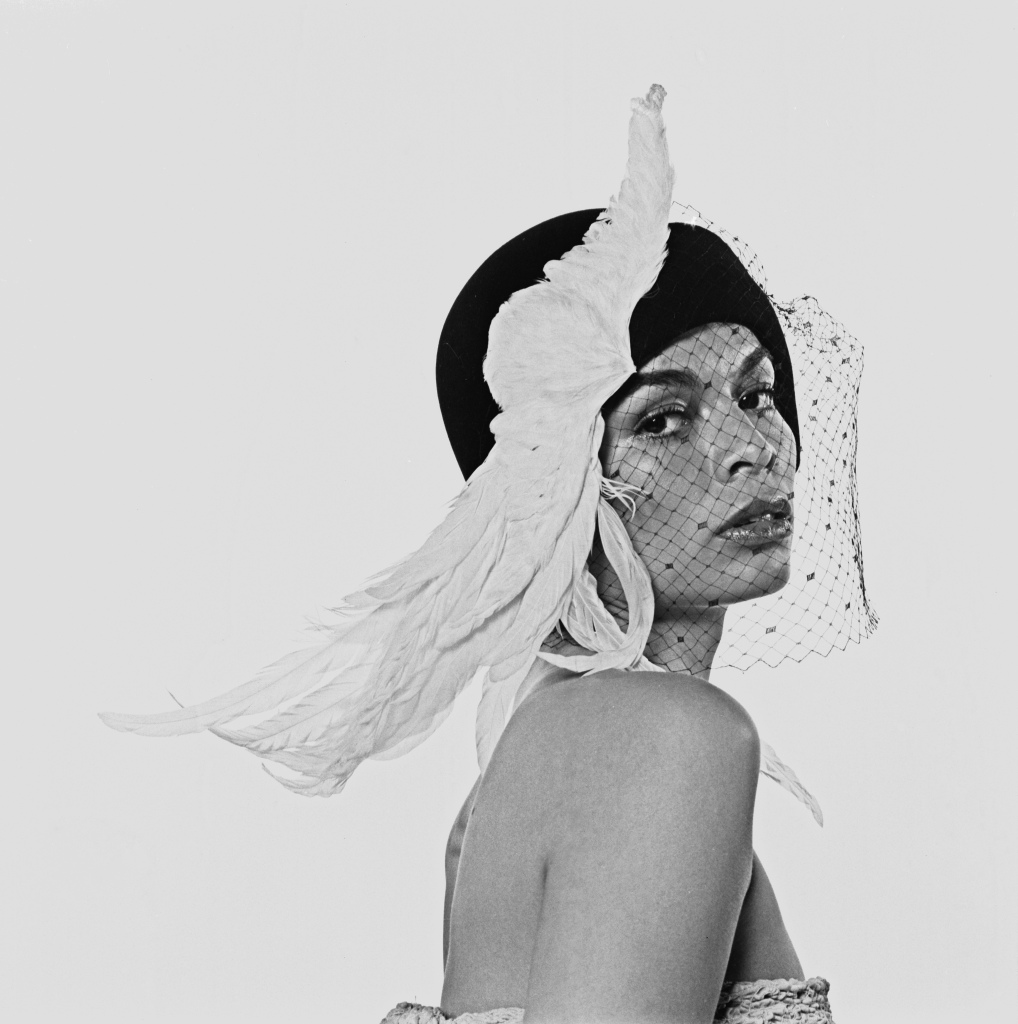
She found The Stones both vulgar and ridiculous.
It’s not clear why she agreed to marry Jagger — she was already hobnobbing with politicians and celebrities and probably could have done better — but she didn’t put up with his shenanigans.
One year after their wedding, Mick was already leaving her to go on tour, and Bianca did everything to sabotage his plans on having a decadent time.
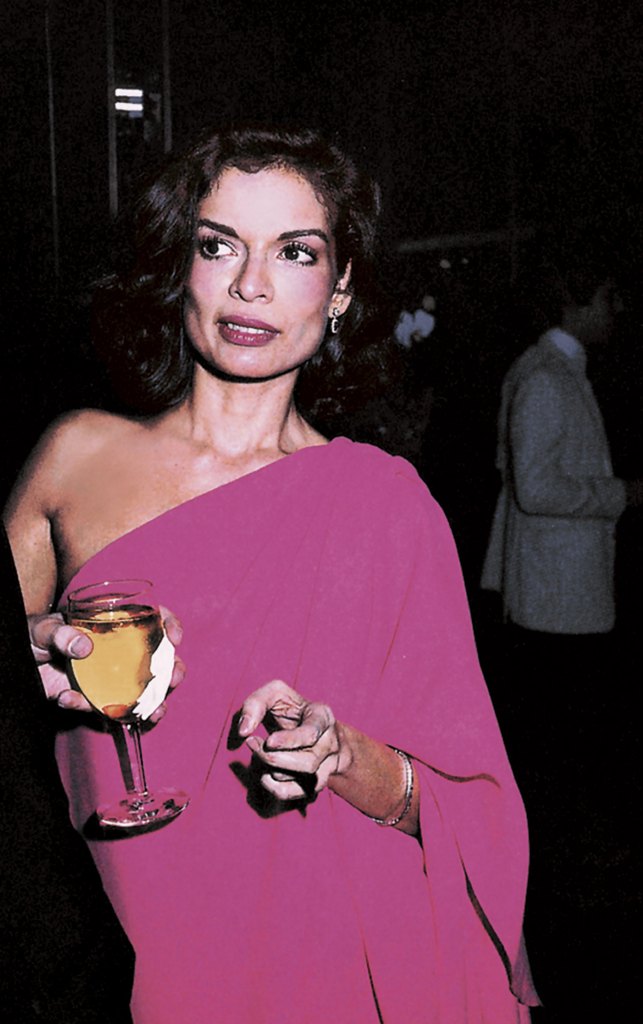
“She called him on tour, interrupted recording sessions, and ripped up his previous collection of expensive silk ties,” Winder writes. She even badmouthed him in the press. “Mick screws many, but has few affairs,” she told a journalist with icy nonchalance. “I left my native Nicaragua to escape its narrow perceptions of women,” she told another. “Little did I know, when I entered my well-known marriage to Mick in 1971, that Nicaragua and the ‘enlightened’ world had so many discriminatory attitudes towards women in common.”
She filed for divorce in 1978 and committed herself to humanitarian causes.
A year later, Marianne Faithfull made her extraordinary comeback with the groundbreaking album “Broken English.”
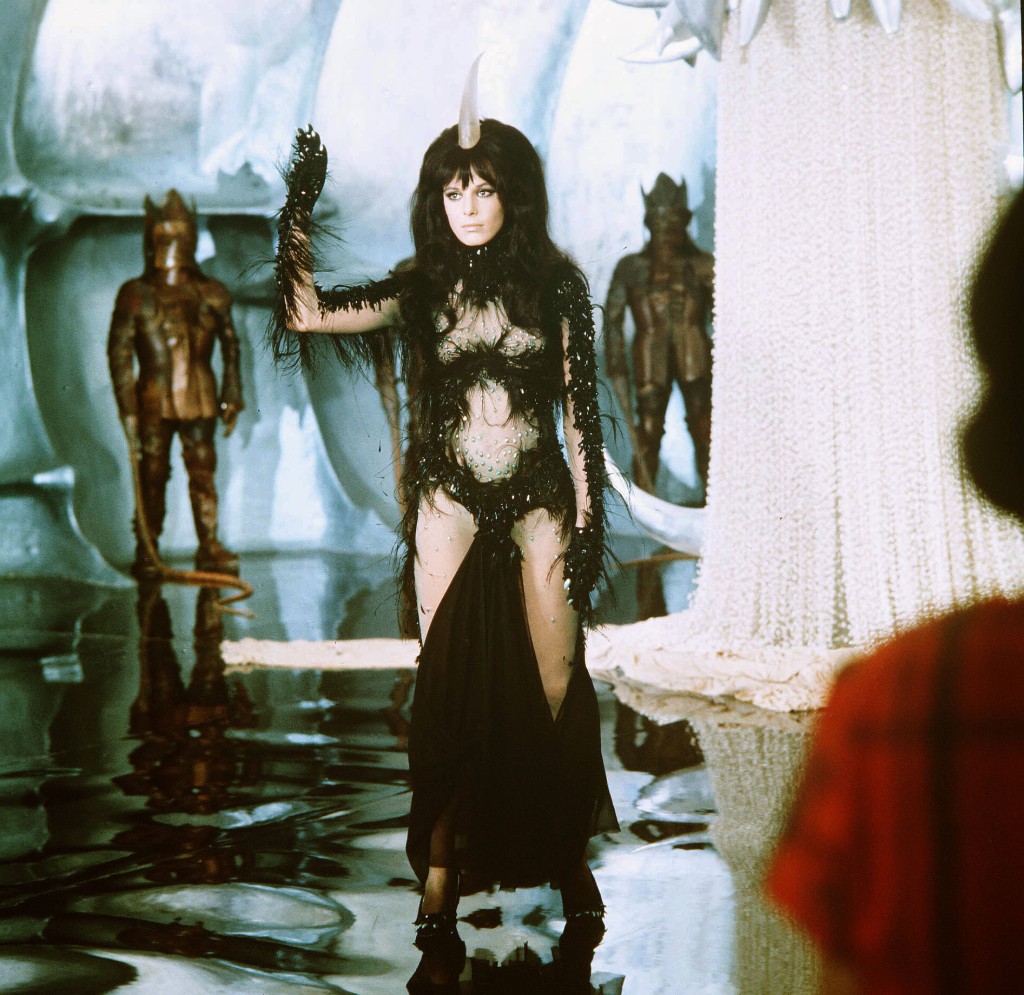
It went platinum and sold over 1 million copies.
Anita’s rock bottom came that same year, 1979, when a 17-year-old boy shot himself in her home with Keith’s revolver.
The press excoriated her.
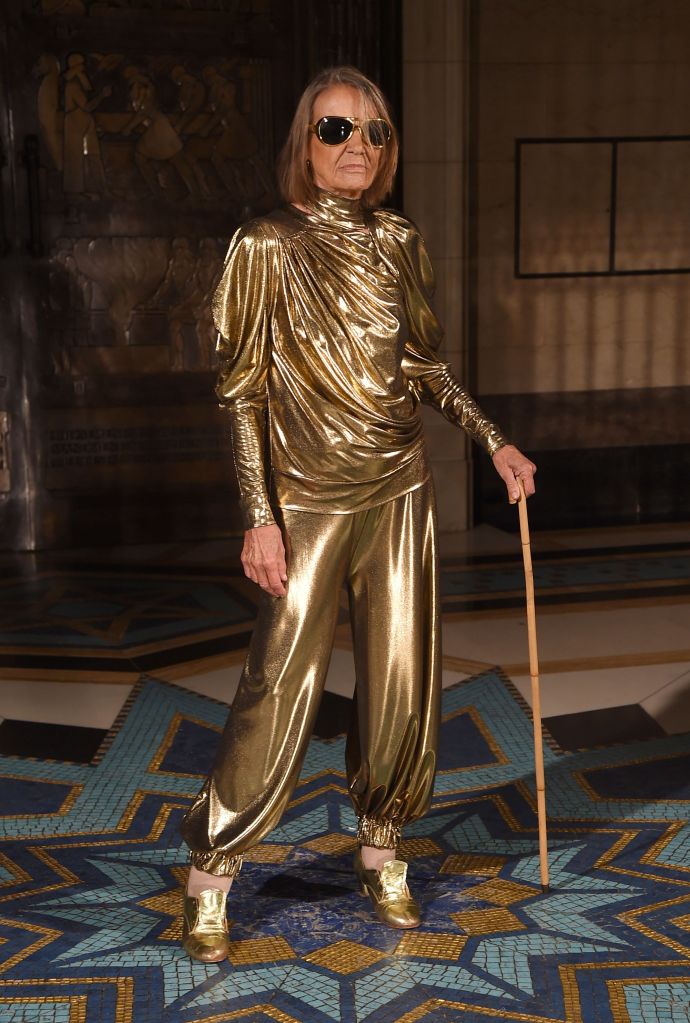
“She was a middle-aged junkie with a teenage lover, impervious to propriety and living in a pigsty,” writes Winton. “She was everything the Stones were routinely praised for. In short, she was failing at being a woman.”
Yet even that couldn’t crush her. Anita got sober and earned a textile degree at Central Saint Martins.
She died in 2017, at age 73, hailed for inventing rock and roll chic.
A perennial touchstone for other unruly women like Kate Moss and Courtney Love, and for fashion designers like Bella Freud and Hedi Slimane.

And Marsha Hunt emerged from that paternity scandal.
In 1986, she published a beautifully written autobiography, “Real Life: The Story of a Survivor,” and she has since written six novels, a book about Jimi Hendrix and another memoir.
She also founded the Saga Prize for black literary talent in Britain.
She, Anita, Marianne and Bianca remain nothing less than feminist heroes.
Read the full article Here


